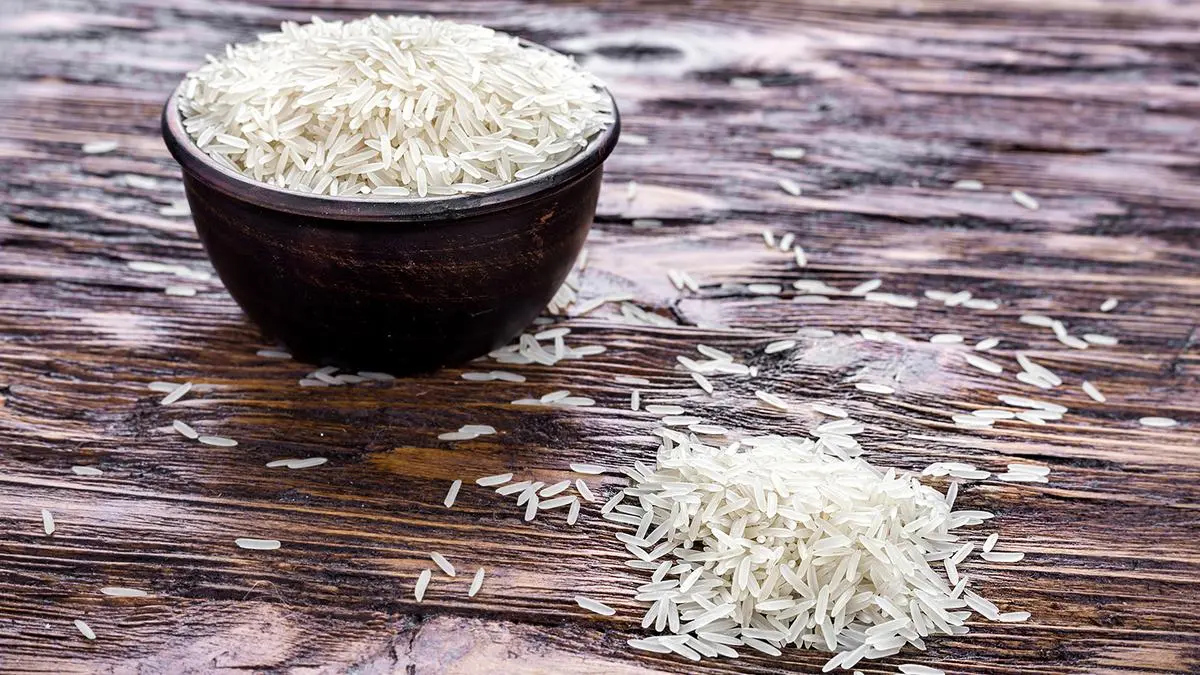
Rice exports from India are likely to pick up from June once competing countries such as Vietnam and Pakistan run out of stocks, traders said. A factor that could go in India’s favour is that its offers are now priced competitively compared with Pakistan and Vietnam. This is despite Thailand cutting its prices.
“Exports have been slow in the first quarter. Since prices declined, buyers are waiting and watching to see if prices will drop more. But that is unlikely to happen,” said BV Krishna Rao, President, The Rice Exporters Association.

“Demand is slack currently, though we hear Vietnam is scouting for Indian rice,” said M Madan Prakash, Director of Rajathi Group that exports agricultural produce. A trade source said buyers are holding stocks, and they are going slow on purchases. Data show that India’s offer for 5 per cent broken white rice has come down by $23 a tonne within a month, even as Pakistan and Vietnam have raised their prices by $10-13.
Thailand has cut its prices by $14. In the parboiled sector, it is far more competitive than Pakistan and Thailand after lower its prices by $14 during the period. Pakistan, however, is the most competitive in offering 25 per cent broken white rice at $358 compared with India’s $369 a tonne.
“Pakistan also holds the advantage of a weaker currency against the dollar. Freight charges are cheaper as most containers return empty after unloading imported goods,” said a New Delhi-based trade analyst. “Pakistan’s stocks will likely be over in a month.
Vietnam, which had harvested the new crop in February, should have lower stocks by May-end. That will help India to get demand from June onwards,” said Rao. Usually, rice exports from India in the first quarter are slow as competing countries such as Pakistan and Vietnam are flush with stocks.
This year, in particular, Vietnam had cut its prices sharply and offered stiff competition to India and Pakistan. Thailand expects its rice exports to decline by at least 30 per cent in 2025. It has cited India’s re-entry in the global rice market for the decline.
India curbed exports of all rice varieties, barring Basmati, from September 2022 onwards when it banned shipments of broken rice. It then imposed a 20 per cent export duty on white rice. These measures were taken as part of the government’s efforts to tackle food inflation and deficient rainfall in key paddy-growing areas of eastern India.
In July 2023, it banned the export of white rice and imposed a 20 per cent export duty on parboiled rice. In October 2024, the Indian government removed all curbs on rice exports, barring broken rice. The ban on the export of broken rice was lifted on March 7 this year.
“Rice prices are now back to the level before India imposed export duty on their shipments,” said Rao. According to the International Grains Council (GC), rice production could gain further from the record output of 534 million tonnes (mt) seen in 2025-26 because of higher sowing and yield. Consumption will likely rise to 536 mt, and demand may be firm in Asia and Africa, with the rice trade projected to rise to a record 59 mt.
“India is set to be the dominant exporter,” said the IGC. According to the Ministry of Agriculture and Farmers’ Welfare, India’s rice production in the 2024-25 kharif and rabi seasons is projected at 123.82 mt against 127.
86 mt in 2023-24. Last year, rice production in the zaid or summer sowing was 9.96 mt.
This year, growers have covered 30.5 lakh hectares (lh) under paddy compared with 2.66 lh a year ago.
As of March 1, the Food Corporation of India held record rice stocks of 36.79 mt and 45.88 mt of paddy that can yield nearly 31 mt of rice in its warehouses.
Comments.








_8.jpg?itok=wp-xhXRB)





